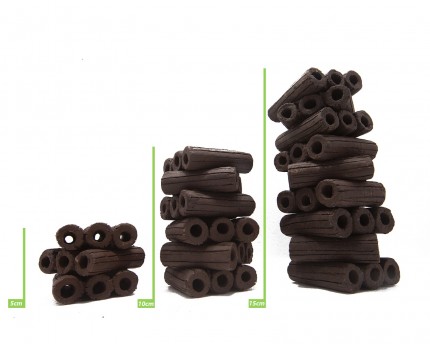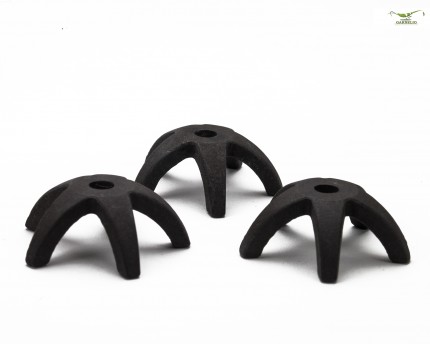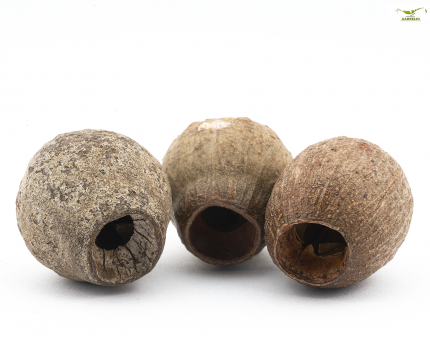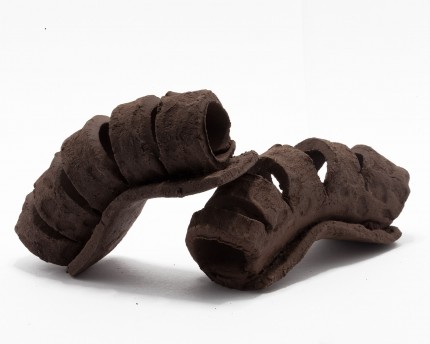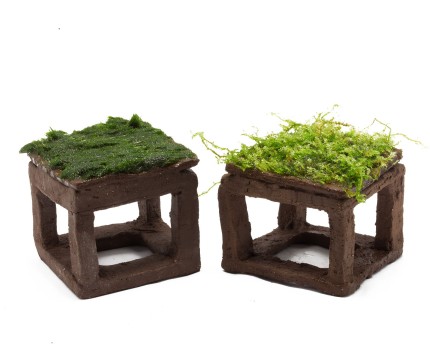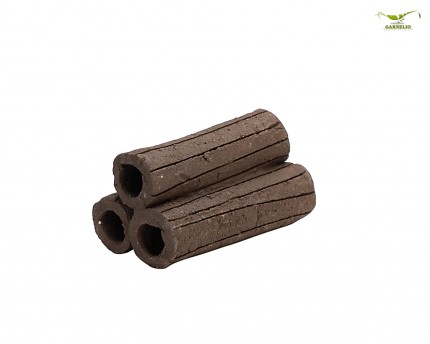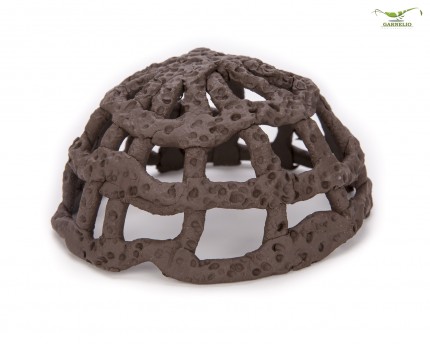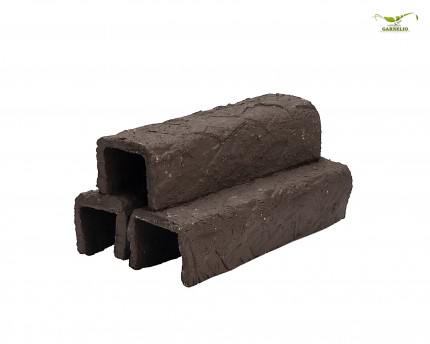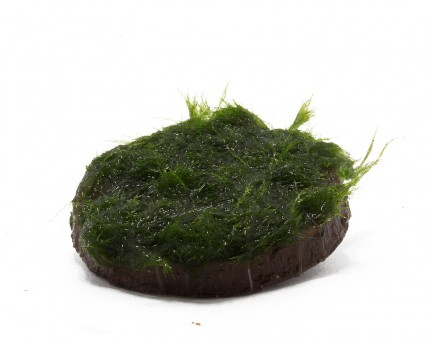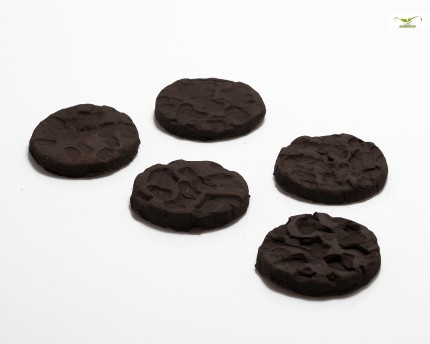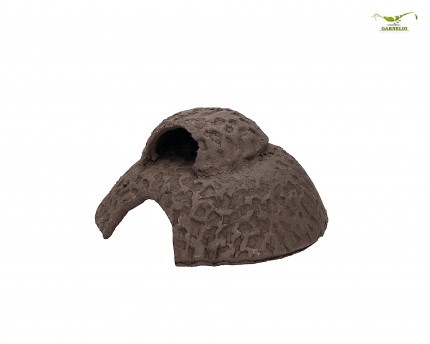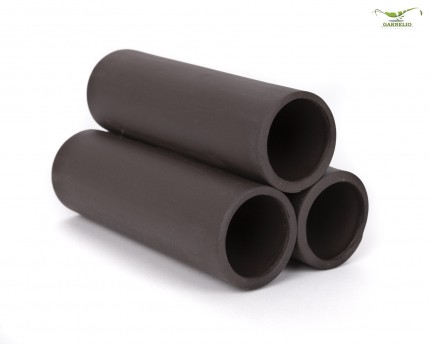Which wood for aquaterrarium or terrarium?
In the water part of a terrarium you should of course use wood suitable for aquariums. With it you can not only make the water part itself interesting, but also create, for example, very natural-looking exits from the basin, which depending on the stock can be partially planted with moss. Basically, there should always be at least one more exit option than there are animals in the aquaterrarium. With wood, however, the land part of the terrarium or aquaterrarium can also be wonderfully structured. The animals can hide in the structures and caves created by the wood, and the wood also serves as a visual barrier and thus as a visual screen. Especially with territorial animals the stress level decreases if they can avoid each other and do not always have the rival in their field of vision. Also in terms of hiding places, there should always be at least one more than there are animals in the terrarium or aquaterrarium. Here you can also choose types of wood that are not suitable for use in the aquarium, because they would float strongly and do not soak up and sink even after a long time, such as cork bark, cork caves or cork branches. Their rough surface provides a wonderful grip for all terrarium animals to climb on. Cork can be used to provide additional surfaces and structures at height for the animals, which they also use very well. If the pieces are curved appropriately, they can also be used to build very nice caves that are open at the bottom, where shyer animals like some crabs feel safe and comfortable. Less strongly bent pieces serve as a starting point and as a cave roof for a self-dug, stable cave. Closed cork burrows are also popular hiding places, of course. Two exits (or more if branch attachments are present) offer the great advantage that the animal already in the burrow can escape if it does receive a visit from a conspecific with possibly less than peaceful intentions.

